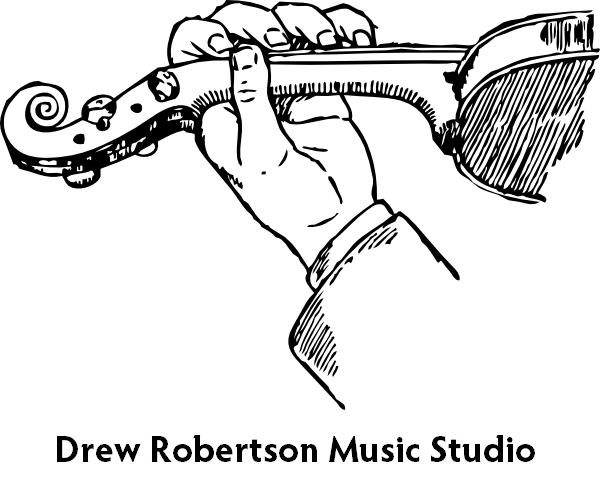The Suzuki Method
Teaching Techniques
Suzuki teachers all have unique personalities, playing styles, and unique approaches to teaching, but all good Suzuki teachers use specific techniques in their teaching that set the Suzuki Method apart from traditional instruction or other instrumental methods.
Developing Skills, not just Playing Pieces. Skills developed early are used in every later repertoire piece, and every advanced piece is constructed from techniques learned previously. A Suzuki student focuses on how well they can do something, not just if they are able.
Skill Development from an Early Age. Like with language learning, children have natural advantages when learning music. Especially between the ages of three and eight, a child's natural neuroplasticity allows incredible retention and rapid skill acquisition.
Parent Involvement. When children learn language, parents play a critical role in the learning process. Similarly, in the Suzuki Method, parents become 'home teachers,' helping children practice. Teachers work with parents and students together so the parent understands each practice point and is empowered to help their child at home.
Repetition to Mastery. Since skill development is so essential, students always return to previously learned pieces to play them at a higher level of musical artistry. Rather than learning a piece then abandoning it to begin the next, Suzuki students consistently review and polish every piece in their repertory, ensuring every piece is at the highest level they can accomplish.
Daily Listening. Since the 'mother tongue' approach is based on listening and repetition, the use of reference recordings is essential for progress in the Suzuki Method. Students listen to their repertoire pieces daily, and grow to identify excellent tone, accurate pitch, and an internal sense of rhythmic pulse.
Learning by Ear. Children do not begin learning their first language by reading from a book; they first learn by listening and speaking. Similarly, Suzuki students do not begin learning music from a printed book. By focusing on listening first, Suzuki students free their eyes from a page of music, allowing them to focus on creating an excellent sound. Reading music is an essential skill that is taught extensively in the Suzuki Method; it is simply introduced to students later.
Group Class. An integral part of the Suzuki Method is learning to play together and sharing music with others. Group class is an opportunity for students to learn to play together and reinforce skills taught in lessons. In addition, group class provides incredible motivation for students, opportunities to perform within the community, and a way develop new friendships.


